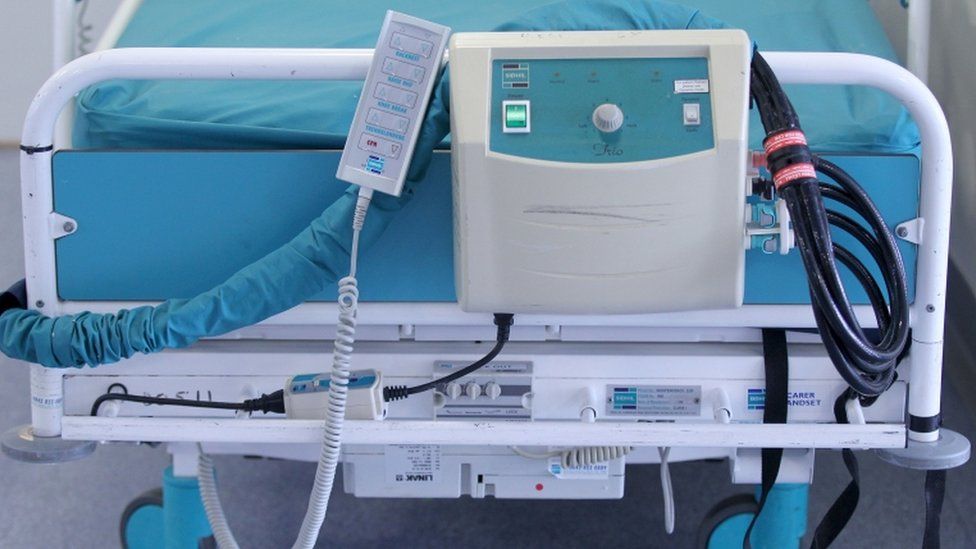Growing waiting times threat to NHS
- Published

There are many indicators against which patients can judge the performance of the NHS.
But historically, the totemic benchmark of the quality of service provided by hospitals is the number of people waiting for surgery and how long they have to wait.
Waiting times for non-urgent surgery were the subject of fierce political debate for much of the last two decades, but recently they faded in importance as targets have been met.
That could now be changing as waiting lists grow longer in the different health systems across the UK and the human cost of delayed surgery becomes more apparent.
Media and political attention has focused on the four-hour benchmark for being treated or assessed in A&E.
The King's Fund think tank believes the number of patients waiting for operations in England will soon top four million - for the first time in nearly a decade - and that could prove to be the tipping point for public and political opinion.
Cutting waiting lists was a key promise by New Labour ahead of its election victory in 1997. Remember the pledge card brandished by Tony Blair and his colleagues?
Labour delivered its policy of reducing numbers waiting for operations by 100,000, and then, in 2008, went further by introducing the 18-week target.
That established a right for patients to start consultant-led treatment within 18 weeks of being referred by a GP, with a benchmark of 92% of patients seen in that time.
The 18-week target and fines regime, which was refined in 2012, was widely seen as an effective incentive to hospitals to cut waiting times for patients.
Hospitals on average managed to hit and exceed the 92% standard, but that all changed in early 2016 when performance slipped below that target.
Analysis of NHS England data reveals that the number of patients waiting more than 18 weeks for non-urgent surgery has more than doubled in the four years to November 2016.
That is a much faster rate of increase that the number who start treatment in under 18 weeks and faster still than the rate of growth of NHS operations across the board.
Hospital chiefs and health experts say increasing waiting times are an inevitable consequence of NHS budgets lagging behind increases in patient demand.
When emergency admissions are rising, and with a finite number of beds, something has to give.
Delayed transfers of care make the task of finding beds even harder. Patients waiting for routine surgery and procedures are the ones who lose out.
Around the UK
Scotland, Wales and Northern Ireland have different target regimes for waiting lists.
All have seen sharp increases in the number of long waits between 2012 and 2016.
Wales has not hit its target since 2010 and the NHS in Scotland has been adrift since June 2014.
The pressures on resources and the ability to deliver timely routine treatment are similar across the UK.
Without an injection of more cash it is hard to see how the waiting list situation will improve, given the stresses and strains on all forms of care across the NHS.
Cancellations of routine surgery over Christmas and early January will contribute to the deterioration.
Waiting lists are still a lot shorter than at the worst points in the 1990s and at times over the following decade.
But the question now is whether patients begin to feel that what they get from their local hospital, unless they are seriously ill, is falling well short of their expectations.
- Published5 February 2017
- Published1 February 2017
- Published29 January 2017
- Published28 January 2017